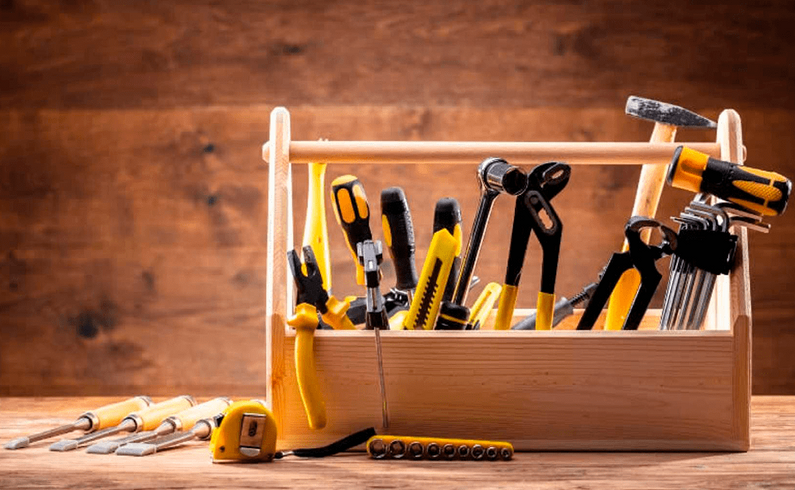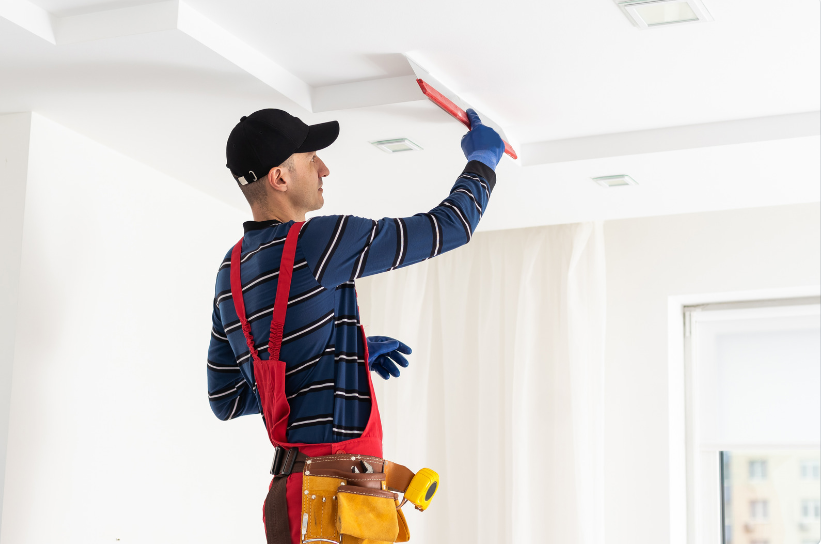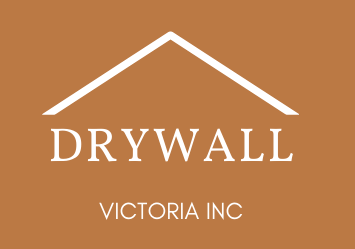Choosing the Right Drywall for Your Project
Choosing the Right Drywall for Your Project: A Comprehensive Guide
When it comes to construction or renovation projects, selecting the right materials is crucial for ensuring the success and longevity of the endeavor. Drywall is a fundamental component of interior construction, serving as the canvas for paint, texture, and other finishes. Choosing the right type of drywall can impact not only the aesthetics but also the performance and durability of the finished space. In this comprehensive guide, we will explore key considerations to help you make an informed decision when selecting drywall for your project.
Types of Drywall
Standard Drywall (Regular Whiteboard):
Standard drywall, often referred to as regular whiteboard, is the most common type. It's suitable for a wide range of applications, including residential and commercial projects. It comes in various thicknesses, with 1/2-inch and 5/8-inch being the most prevalent. Standard drywall is versatile and cost-effective, making it a popular choice for interior walls and ceilings.
Greenboard Drywall:
Greenboard drywall is moisture-resistant and specifically designed for areas with high humidity, such as bathrooms and kitchens. It has a green paper covering that provides increased resistance to mold and mildew. While it offers better protection against moisture than regular drywall, it is not suitable for wet areas like shower surrounds.
Blueboard Drywall:
Blueboard drywall, also known as plaster baseboard, is designed for veneer plastering. It has a special paper surface that allows for better adherence of plaster, providing a smooth and durable finish. Blueboard is commonly used in commercial applications and areas where a more refined plaster finish is desired.
Fire-Resistant Drywall:
Fire-resistant drywall is designed to slow down the spread of flames in the event of a fire. It comes in two main types: Type X, which is thicker and denser, and Type C, which incorporates additional additives for enhanced fire resistance. This type of drywall is commonly used in garages, utility rooms, and areas where building codes require fire-rated materials.
Considerations for Choosing Drywall:
Project Location:
Consider the specific location of your project. For wet areas like bathrooms, kitchens, or basements, moisture-resistant drywall such as greenboard may be a wise choice. In areas where fire resistance is crucial, opt for fire-resistant drywall.
Budget:
Assess your budget constraints. Standard drywall is generally the most cost-effective option, but if specific features like moisture resistance or fire resistance are necessary, be prepared to allocate a higher budget.
Intended Finish:
The type of finish you plan to apply to the drywall can influence your choice. Some drywall types, like blueboard, are specifically designed for plaster finishes, while others may be better suited for paint or texture applications.
Building Codes and Regulations:
Familiarize yourself with local building codes and regulations. Some areas may have specific requirements for fire-resistant materials, especially in multi-family dwellings or commercial spaces.
Installation Expertise:
Consider the expertise required for installation. While standard drywall is relatively easy to install, specialized drywall types like blueboard may require experienced professionals for optimal results.
Call one of our experts at Drywall Victoria CNL for a free quote!
You might also like



